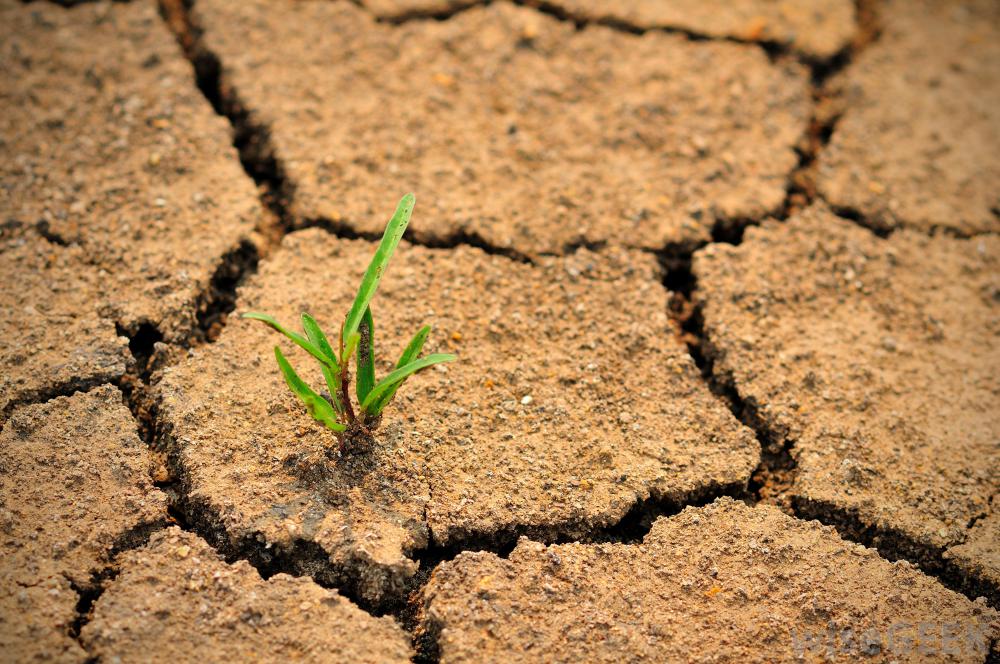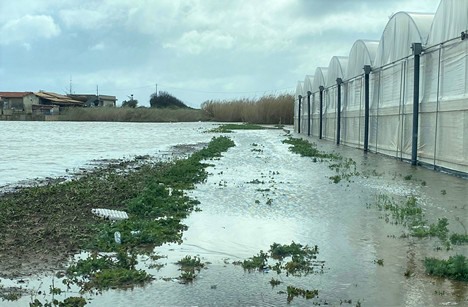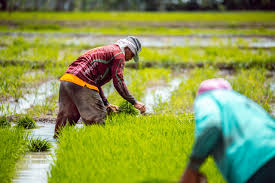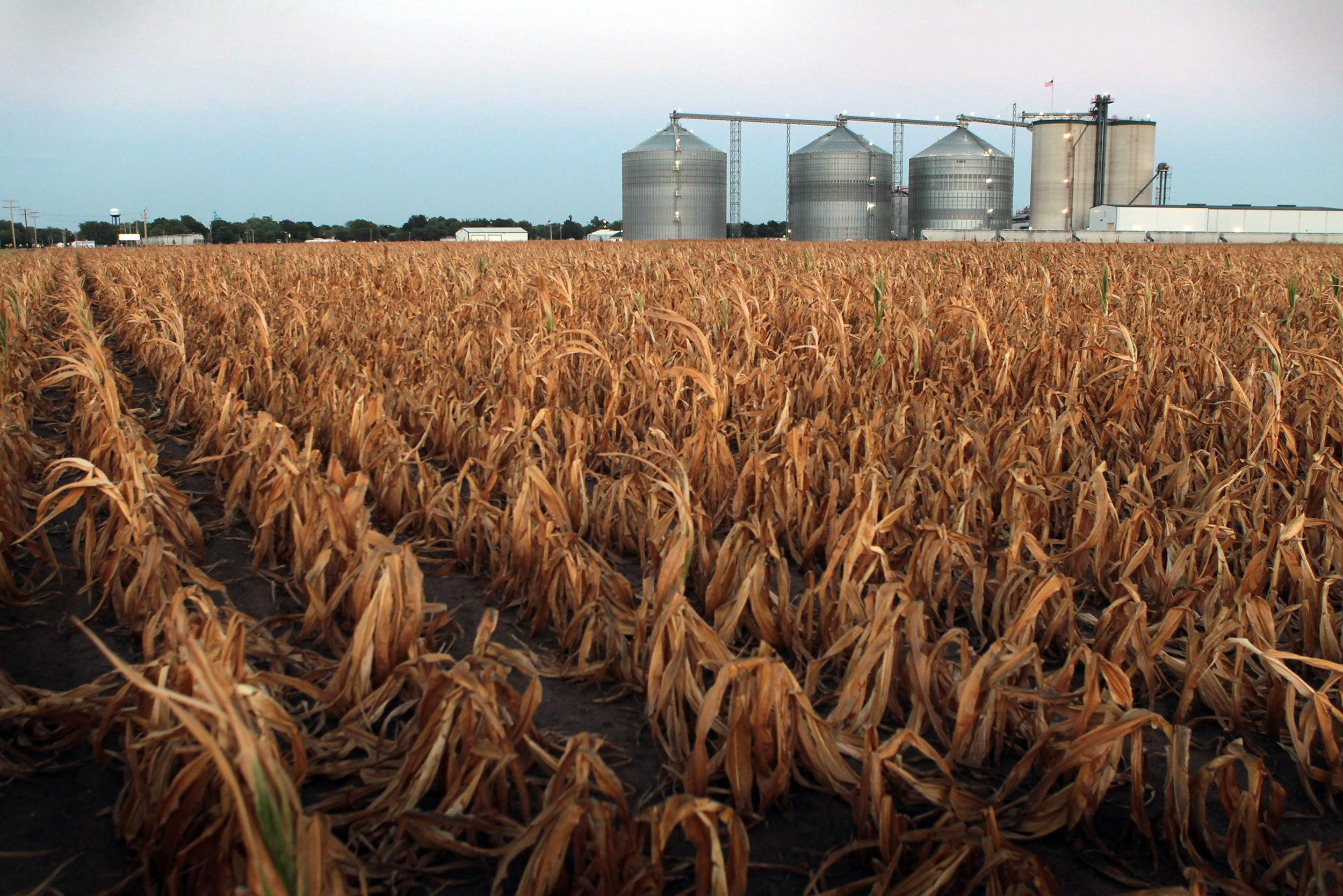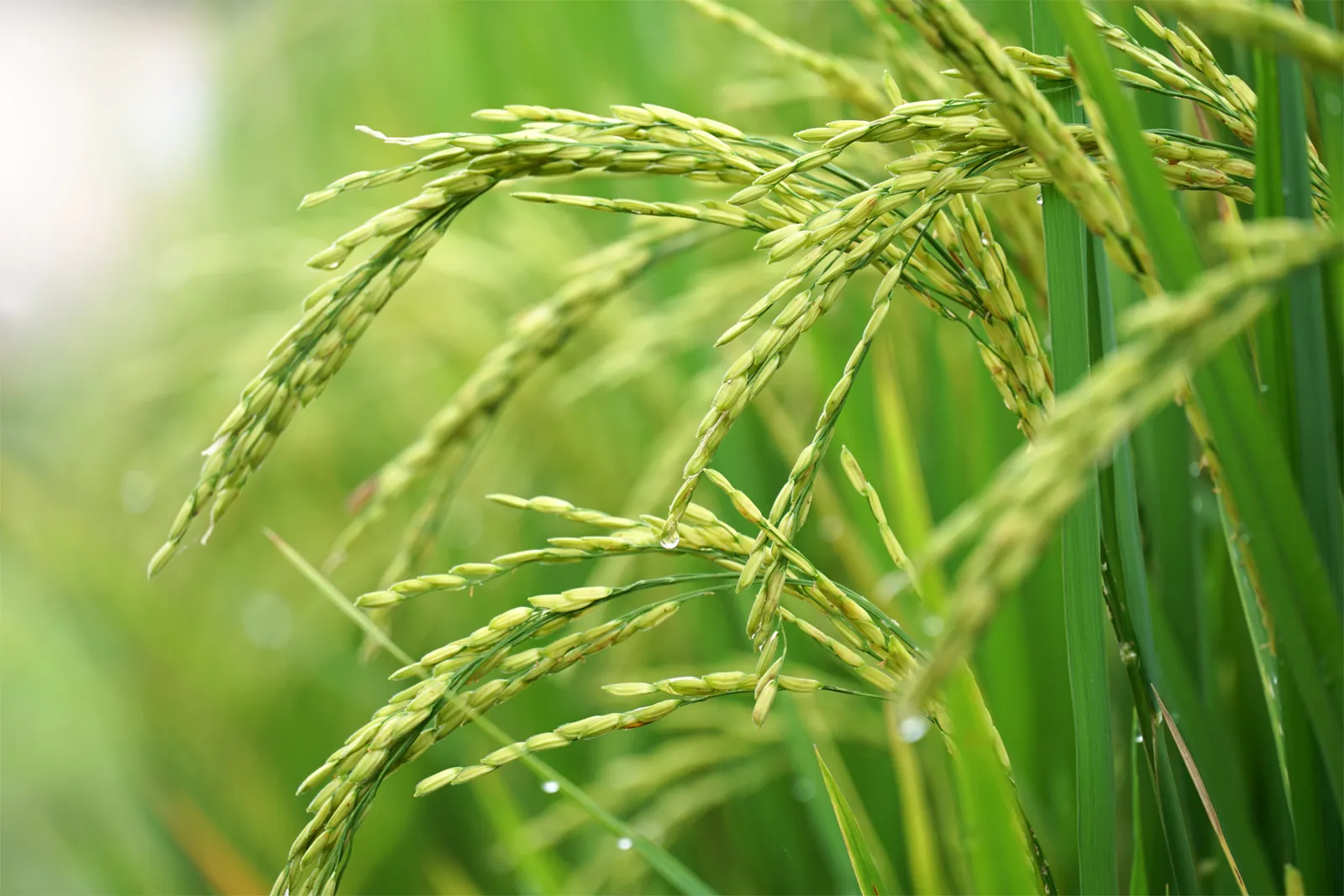“Historic rains across Ohio this spring resulted in a record number of unplanted acres, late planting, and significant uncertainty for farmers across large parts of the state,” Brown wrote. “I encourage eligible Ohio farmers to apply for these disaster funds, so they can get the relief they need.”
The funds are part of the Wildfire and Hurricane Indemnity Program Plus through the Disaster Spending bill signed into law in June. Farmers who weren’t able to plant their fields, whether insured or not, can apply for the funds in eligible counties including Butler, Darke, Greene, Hamilton, Miami, Montgomery and Warren.
Uncertainty still looms
But many farmers still aren’t sure if they’ll get any relief from the money. The $3 billion that will be doled out across the nation was originally only planned to cover disasters in 2018, OSU’s Ben Brown said. There was no additional funding added to the program when it was expanded to aid 2019 disaster losses as well, he said. Farmers with 2018 losses will see the money first, getting 100 percent of the planned payments. Ohioans who took prevent plant insurance in 2019 will get a shot at the money next followed by other farmers who planted fields but face significant revenue drops from potentially poor yields, Ben Brown said. The 2019 payments will only be 50 percent of the total, according to the website set up for the program. Farmers who get a prevent plant insurance payment could possibly receive an additional 10 percent of that payment from the WHIP+ funds, according to a website. An additional 5 percent will be given to farmers who purchased the harvest price option. But the details aren’t as clear for other farmers who face losses because of the heavy rainfall on their planted fields. Those farmers could be eligible for aid determined by coverage amount, losses and what is called a WHIP factor, but that factor hasn’t been decided yet, “Ben Brown said. “I think they are trying to figure out how much money is going to be left; They’re working on it. That’s why the 2019 payments are only 50 percent,” Ben Brown said. “There’s only $3 billion in the pot to disperse, so there is some concern that there’s going to be more people qualifying than what they have money for.” The money may not even stretch beyond 2018 disaster relief, he said, adding that until a check is in a farmer’s pocket its not guaranteed. “They’re trying to come up with the rules after the fact,” Harbage said. “If it comes out that you had to take prevented planting, they’re punishing us that tried.” Meanwhile Miami Valley farmers still aren’t sure what their fields look like except for around the edges, said Gail Lierer, a Butler County farmer. And they also don’t know how prices will fare over the next year because of factors ranging from the yields to the trade war. The trade war that’s been impacting prices for more than a year also still isn’t sorted out. “We can always hope, but I just don’t know, depending on the tariffs, how it’s going to turn out. We’ve got a little ways to harvest and maybe things will get better, but I just don’t know,” Lierer said. Tariff relief Some area farmers got their first payments earlier this month from a market facilitation program designed to make up for the loss in revenue farmers are facing because of the trade war. China has traditionally purchased about 35 metric tons a year, which dropped to nearly zero as the trade war heightened, Ben Brown said. Over the last couple of weeks soybean sales to China have been picking up, and the nation bought 600,000 tons of soybeans earlier this week — the biggest purchase since at least June. The tariff payments are based on the amount of pain the trade war has inflicted on each county. Farmers get a dollar value per acre depending on the county they live in, paid in three installments. But only the first payment of 50 percent, which some farmers have already received, is guaranteed. Area farmers will get between $69 and $83 per acre, with Darke and Champaigne counties on the low end and Clinton County on the high end. Many farmers expect to get the second payment as well, but the third payment is one they’re all watching the trade war closely to see if they’ll get, Mason said. “It for sure is going to help us, but with the cost of everything, what our inputs are, those guys aren’t going to have a lot of fat. You’ve got to live on something,” Mason said. “I don’t think it’s going to push them to where their going to be going out and buying new trucks.” Help with loans Ohio Treasurer Robert Sprague reopened the Ag-LINK program to help farmers and agribusinesses in Ohio get a 2 percent interest rate reduction on operating loans up to $150,000. Local farmers can apply through Nov. 15. “That’s pennies to a large operation,” Harbage said. “People are going to have to carry their operating notes. Normally they would pay them off here this month and next month because they’re taking in their incomes. But this year they’re probably not going to be able to pay the entire amount off. A reduction in interest will certainly help…but it’s only for $150,000 so it just doens’t carry much weight in the numbers that most farmers are dealing with.” Farmers can also take advantage of the ReEnergize Ohio program that could reduce existing small business loan rates by 3 percent on loans up to $550,000 for storm damage building and equipment repairs. The GrowNow program can also reduce interest rates by 3 percent on loans up to $400,000 if businesses are committed to creating at least one full-time or two part-time jobs in Ohio for every $50,000 borrowed. A better fix would be to figure out how to make inputs go down, said Butler County Farmer Dave Lierer. The cost of fertilizer keeps going up and when normal gasoline drops, diesel doesn’t follow, he said. The Lierers warned that prices at grocery stores are likely to go up, starting with meat followed by box cereal and bread. Farmers also won’t have as much money to spend within their local communities this year. Source - https://www.springfieldnewssun.com

